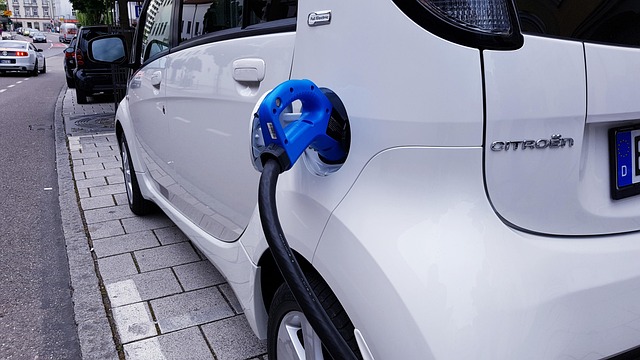
The Complete Guide to Electric Car Cooling System Maintenance
When it comes to owning an electric car, one of the most crucial yet often overlooked aspects is the cooling system maintenance. Electric vehicles (EVs) rely on complex cooling systems to regulate the temperature of their batteries and electronic components, ensuring optimal performance and longevity. Ignoring this vital part of your car’s infrastructure can lead to overheating issues, degraded performance, and ultimately, costly repairs.
Unlike traditional internal combustion engines that primarily rely on liquid cooling, electric vehicles have unique cooling requirements. These systems typically include liquid coolant, pumps, radiators, and fans that work together to keep everything operating at safe temperatures. Understanding how these components function is essential for effective cooling system maintenance.
Understanding Your Electric Car’s Cooling System
Electric vehicles possess a sophisticated network of cooling channels that help manage the heat produced by both the battery and the motor. Electric motors can generate significant heat, especially during high-performance driving or when charging. Keeping these components cool is not just about comfort; it significantly impacts the overall efficiency and safety of the vehicle.
Why Regular Service is Essential
Regular car service is vital for ensuring that your electric vehicle’s cooling system is functioning properly. A routine inspection by a qualified technician can reveal leaks, blockages, or other issues that may impede performance. This proactive approach not only prolongs the life of your cooling system but also enhances the lifespan of the battery and maximizes efficiency.
Key Components of the Cooling System
Understanding the main components of your electric car’s cooling system can help you identify potential issues during maintenance checks. Here are the key parts to be mindful of:
- Coolant Reservoir: Contains the coolant fluid necessary for heat transfer.
- Heat Exchanger (Radiator): Aids in dissipating heat from the system.
- Coolant Pump: Circulates coolant throughout the system.
- Thermostat: Controls the flow of coolant based on temperature readings.
Signs Your Cooling System Needs Attention
Being attuned to the signs of a failing cooling system can save you a considerable amount of trouble down the line. Here are a few indicators that you should address:
- Overheating: If your dashboard shows an overheating warning, it’s time to inspect the coolant levels and system efficiency.
- Unusual Noises: A loud or grinding noise from the coolant pump may indicate a mechanical issue.
- Fluid Leaks: Any coolant leaking under your car is a clear sign that your cooling system needs immediate attention.
Keeping Up with the Latest Car News
As technology continues to evolve, staying updated with the latest car news about electric vehicles is essential. Innovations in cooling technologies and advanced EV systems are constantly emerging. For example, some newer models employ more efficient heat exchangers or even utilize heat pumps for improved energy management. Being informed will help you make better decisions about your vehicle’s cooling system maintenance.
Your Role in Preventative Maintenance
While it’s important to have a certified technician perform a thorough inspection and servicing, you can also play a role in preventative maintenance. Regularly check coolant levels and visually inspect for any leaks around the reservoir or connections. Familiarizing yourself with your car’s cooling components allows you to catch potential issues early.
Caring for your electric vehicle and ensuring that your cooling system is in peak condition is essential for enjoying the full benefits of your investment. With the right maintenance practices, your electric car can provide you with an efficient, smooth, and worry-free driving experience for years to come.



